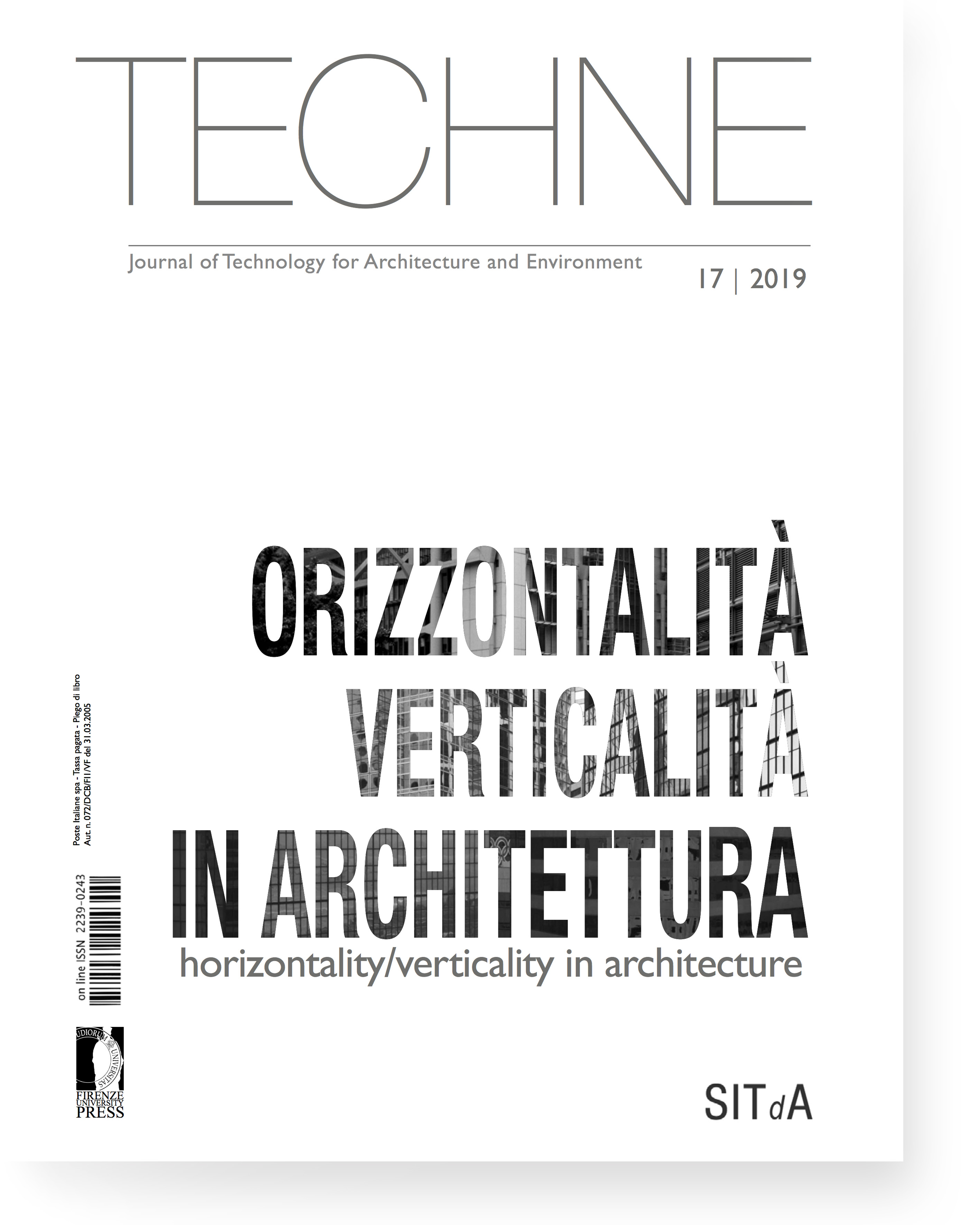Published 2019-01-17
Keywords
- Baugruppen,
- Berlin,
- Cohousing,
- Innovative housing
How to Cite
Abstract
In the 1990s in Berlin the Baugruppen movement developed an innovative housing project as a “typological” experimentation. Several case studies will be analysed based on the users’ needs, the self-made construction, affordable options, collaborative housing, and creative participation. Once this model has been known a potential alternative can be applied to the shortage of housing options in Europe. This paper analyses several case-studies realized in Berlin which could be defined as a compact “vertical village” or “vertical mat-building” by land consumption reduction. Adopting the theoretical approach of the Baugruppen, the case studies will be evaluated through five key points: common infrastructure, personalized spheres, variable volume, hanging gardens, and shared common spaces, to validate their “typological” experimental quality.






